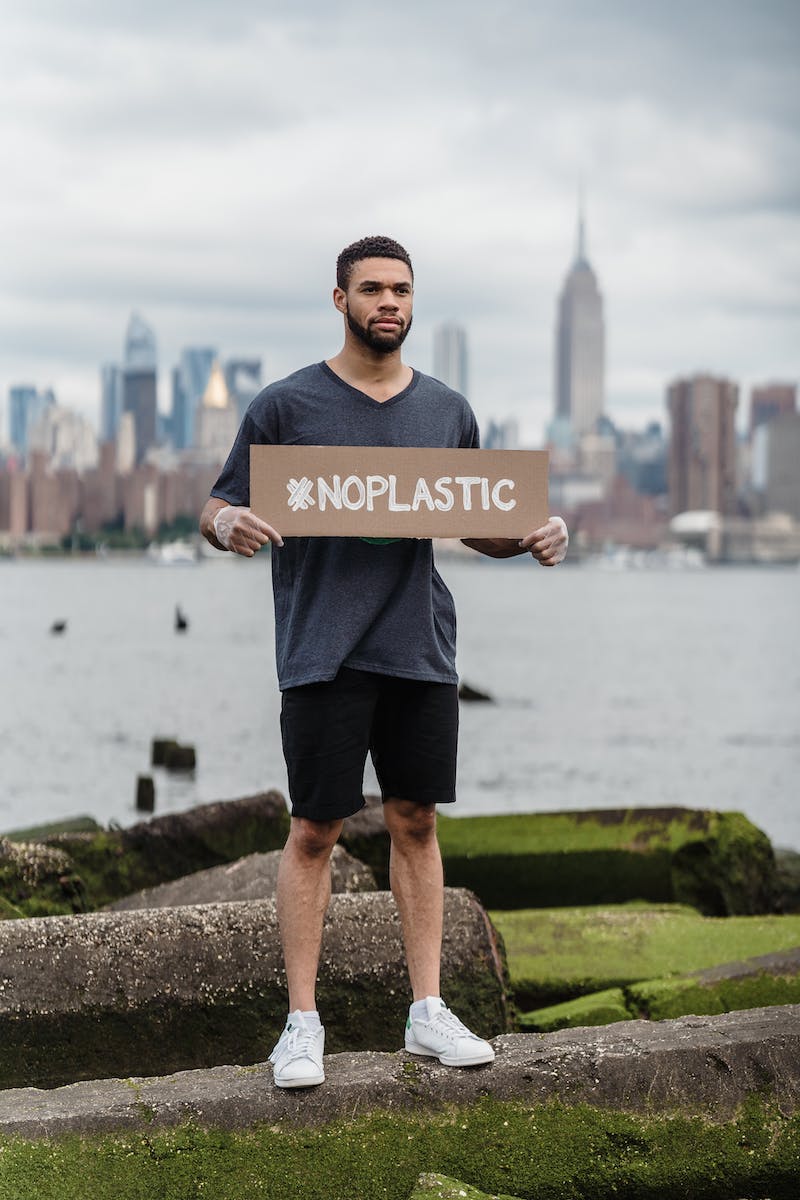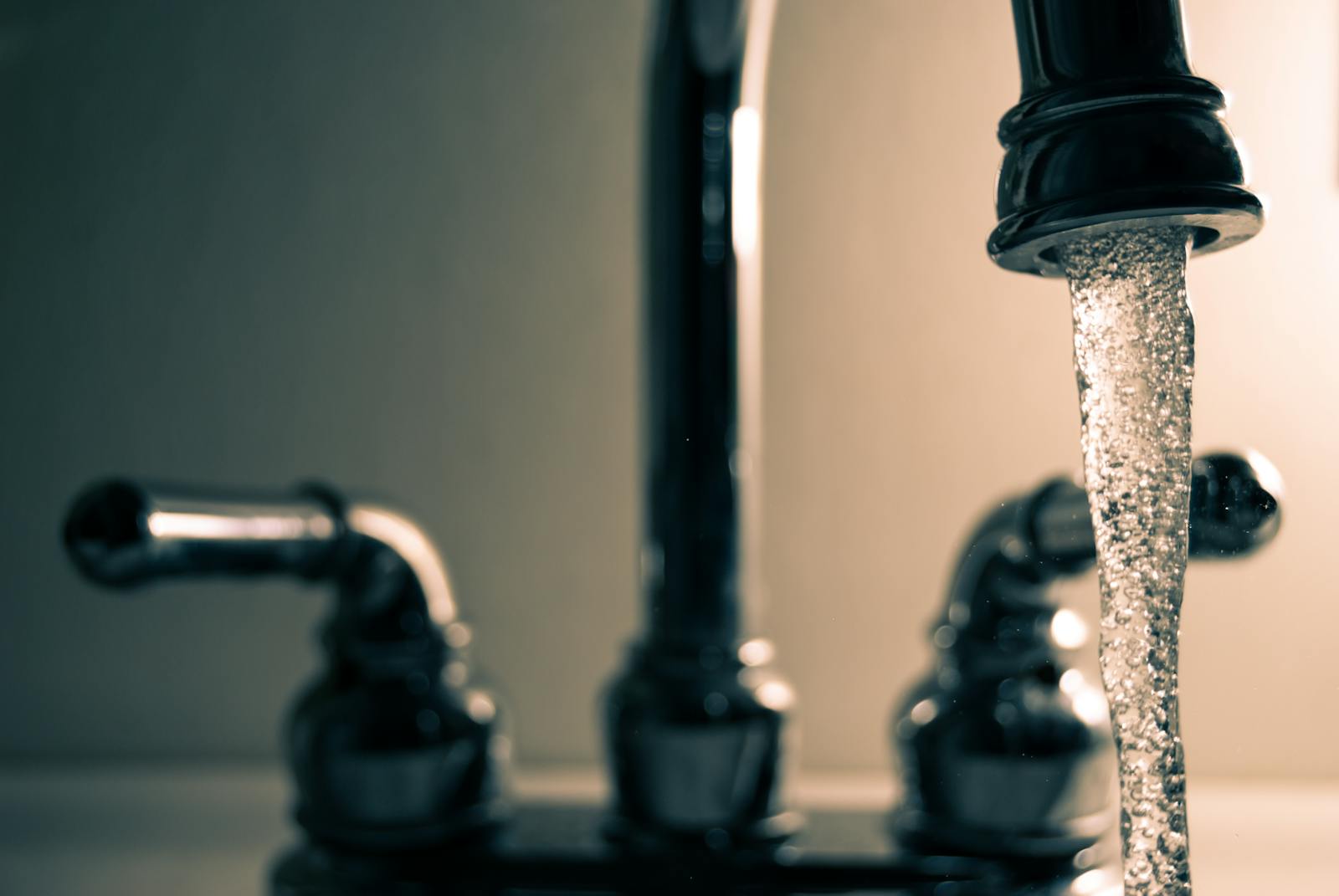The Pros and Cons of Avoiding Plastic Use
Exploring the Benefits and Drawbacks of Going Plastic-Free
In recent years, there has been a growing movement to reduce plastic consumption and minimize the environmental impact of plastic waste. Many individuals and organizations are advocating for the use of alternative materials and the adoption of more sustainable practices. While there are clear benefits to reducing plastic use, there are also challenges and drawbacks associated with this transition. In this article, we will explore the advantages and disadvantages of not using plastic anymore, shedding light on both the positive and negative aspects of this endeavor.
From single-use plastic bans to innovative packaging solutions, the movement to eliminate plastic from our daily lives is gaining momentum. However, it's important to critically examine the implications of this shift and consider both the advantages and disadvantages. By understanding the potential benefits and drawbacks of avoiding plastic use, individuals and businesses can make informed decisions and contribute to a more sustainable future.
Pros
Reducing plastic usage offers several significant advantages, both for the environment and for human health. By exploring the positive aspects of avoiding plastic, we can gain insight into the potential benefits of embracing alternative materials and sustainable practices.
Environmental Impact
One of the primary advantages of not using plastic anymore is the positive environmental impact. Plastic pollution poses a serious threat to marine life, ecosystems, and overall environmental health. By reducing plastic consumption, individuals and businesses can contribute to cleaner oceans, less landfill waste, and a healthier planet.
Health Benefits
Avoiding plastic can also lead to direct health benefits for humans. Many plastic products contain harmful chemicals that can leach into food, water, and the environment. By switching to plastic-free alternatives, individuals can minimize their exposure to these potentially hazardous substances, promoting better health and well-being.
Reduction in Landfill Waste
By not using plastic anymore, there will be a significant reduction in the amount of plastic waste entering landfills. This can help reduce environmental pollution and minimize the harmful impact of plastics on ecosystems and wildlife.
Encourages Innovation in Alternatives
The shift away from using plastic encourages innovation in alternative materials and packaging solutions. Companies and researchers are motivated to develop eco-friendly alternatives, leading to advancements in sustainable technologies.
Promotion of Sustainable Practices
The shift away from plastic encourages the adoption of more sustainable practices and encourages innovation in eco-friendly materials. This can lead to the development of creative, environmentally responsible solutions that benefit both people and the planet. Embracing sustainable alternatives to plastic can inspire positive change and a greener future.
Missing a pro?
Let us know which pro you are missing!
Cons
While the movement to reduce plastic consumption has garnered widespread support, it also presents challenges and potential drawbacks. Understanding the disadvantages of not using plastic anymore is crucial for addressing the complexities and trade-offs involved in this environmental initiative.
Impact on Industries and Economies
The shift away from plastic can also have economic and industry-related implications. Industries reliant on plastic production and distribution may face challenges in restructuring their operations and supply chains to accommodate alternative materials. Additionally, transitioning away from plastic can disrupt established market dynamics and impact global trade.
Behavioral and Cultural Shifts
Changing deeply entrenched habits and cultural norms surrounding plastic use represents a significant hurdle in the movement towards plastic-free living. Individuals and communities may encounter resistance, skepticism, or reluctance to embrace new practices, requiring education, outreach, and concerted efforts to drive behavioral and cultural shifts.
Challenges in Recycling Infrastructure
The transition away from plastic may pose challenges for existing recycling infrastructure. New systems and processes need to be developed to effectively recycle and manage the increasing amounts of alternative materials.
Cost and Affordability
The transition away from plastic may lead to increased costs for consumers, as alternative products and packaging materials could be more expensive to produce. This could potentially impact the affordability of goods and necessities for some individuals or communities.
Limited Availability of Alternatives
One of the main challenges of reducing plastic use is the limited availability of alternative materials and products. In some cases, plastic-free options may be less accessible or more expensive, making it difficult for individuals and businesses to fully transition away from plastic. This can present barriers to widespread adoption of sustainable alternatives.
Missing a con?
Let us know which con you are missing!
Conclusion
In conclusion, the decision to avoid using plastic entails a complex set of trade-offs and considerations. While there are clear environmental and health benefits to reducing plastic consumption, there are also challenges related to accessibility, economic implications, and cultural shifts. By carefully weighing the pros and cons and actively addressing the drawbacks, individuals and organizations can work towards a more sustainable future with reduced reliance on plastic.
What do you think?
Do you think the pros outweigh the cons?







